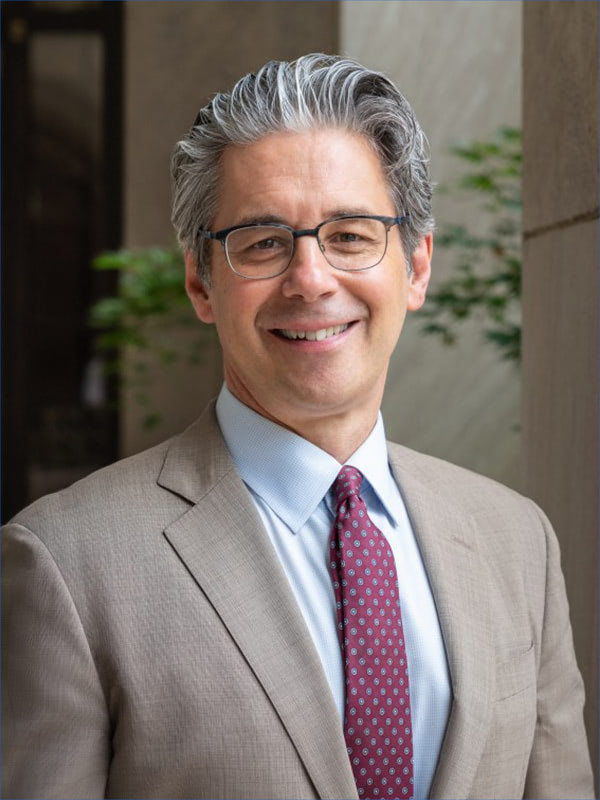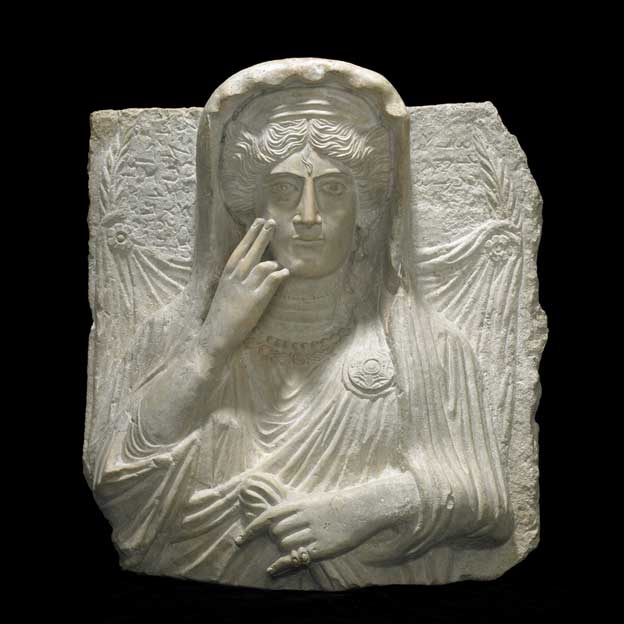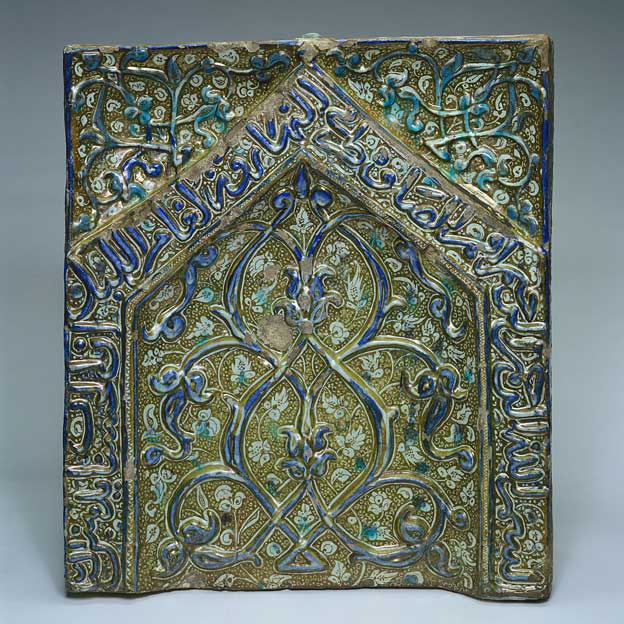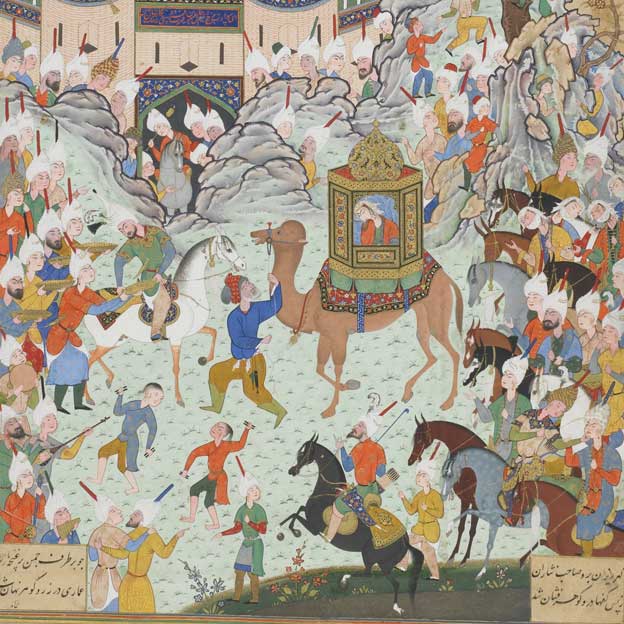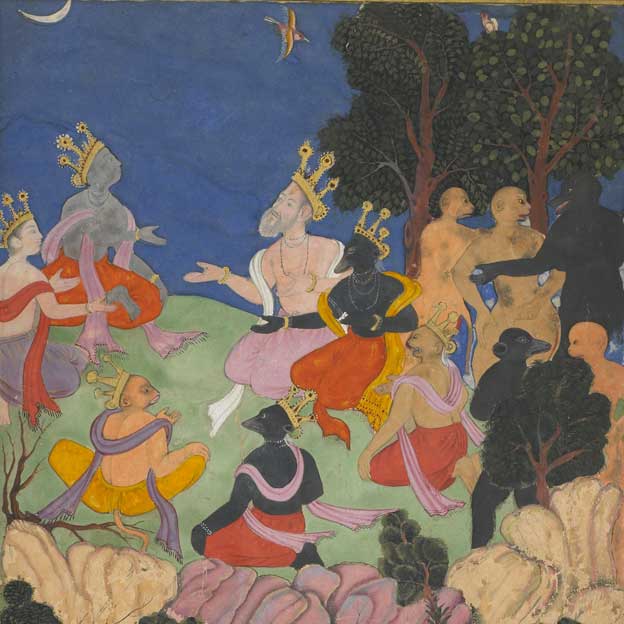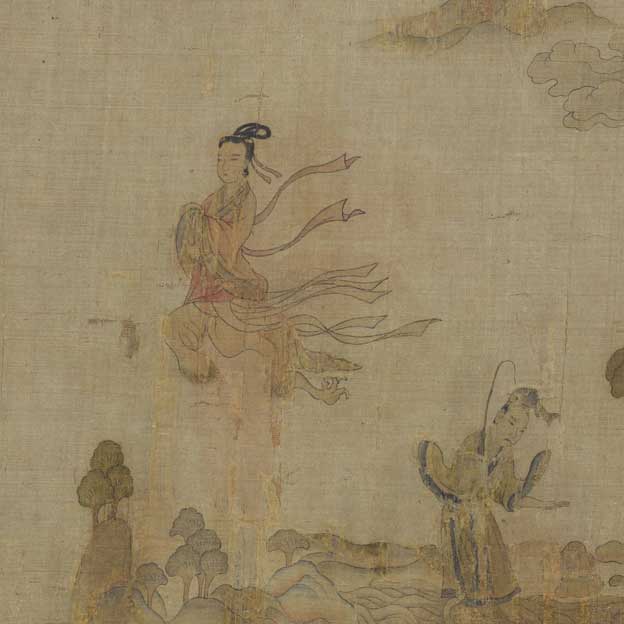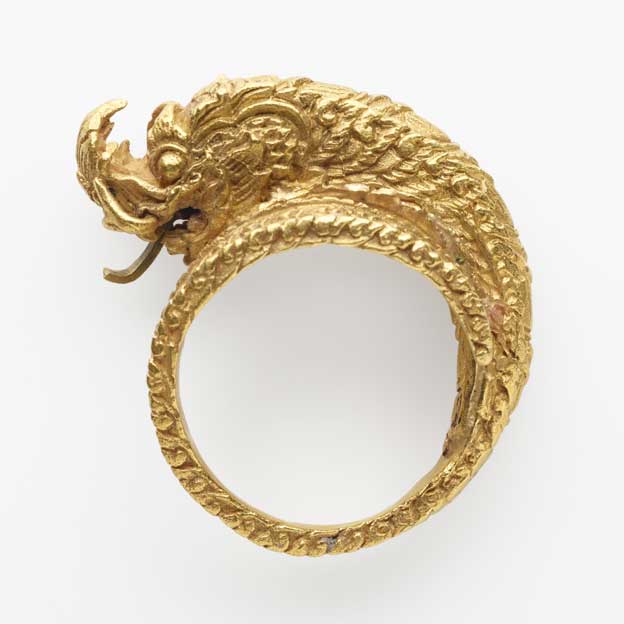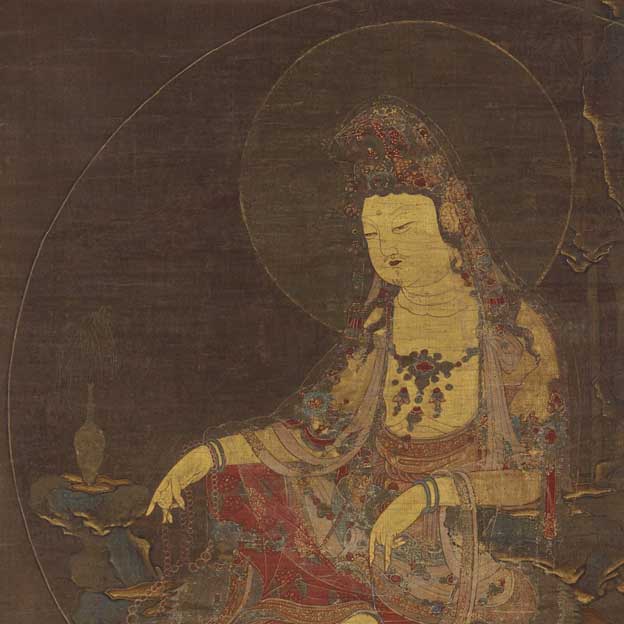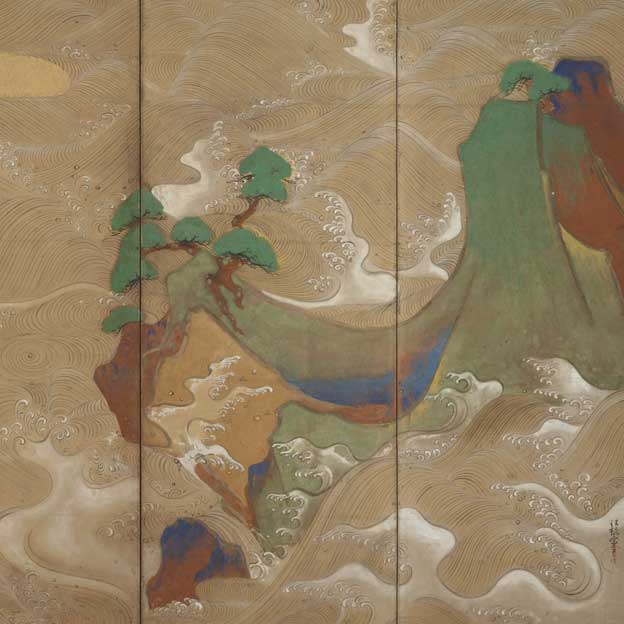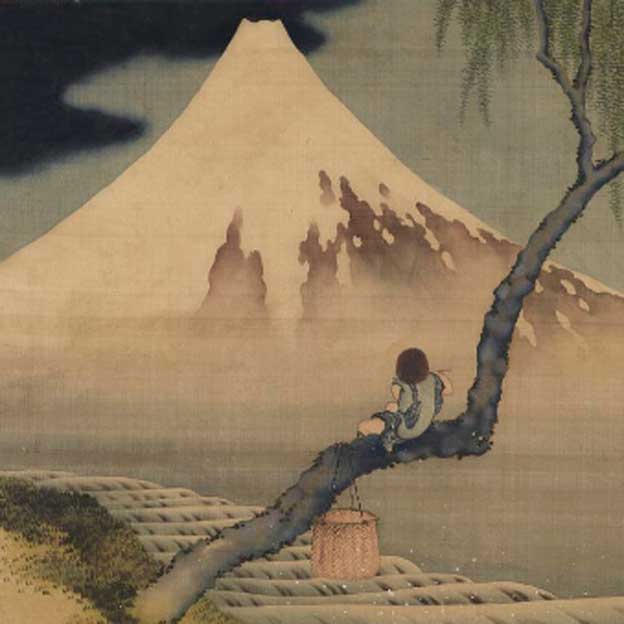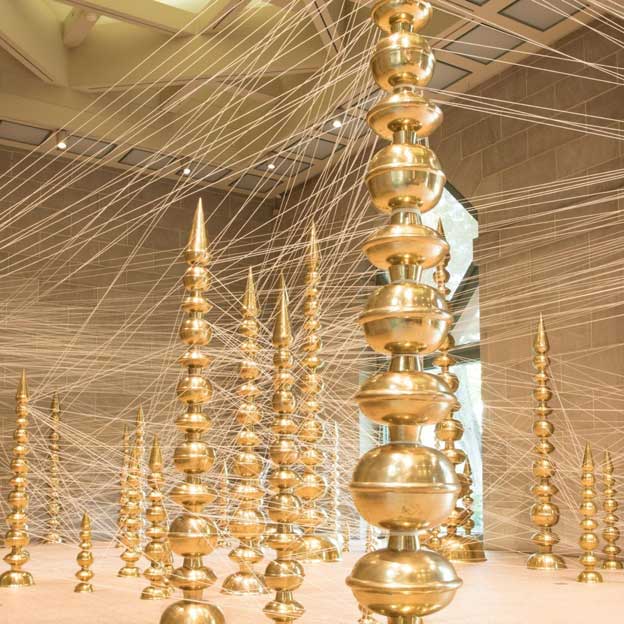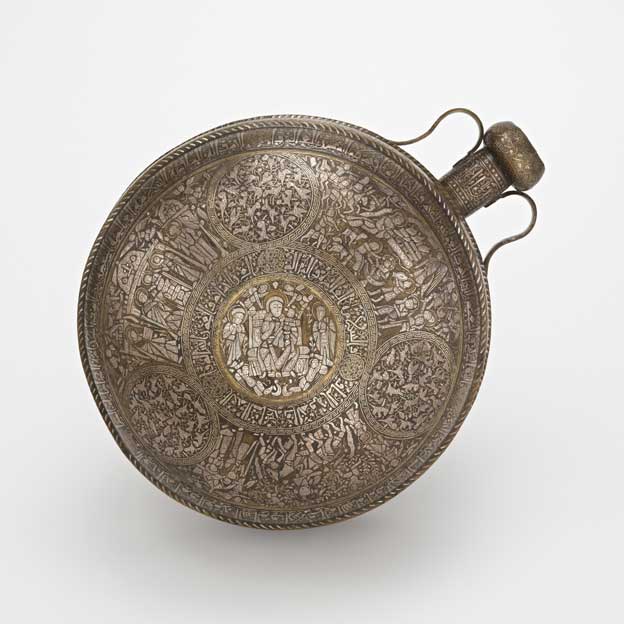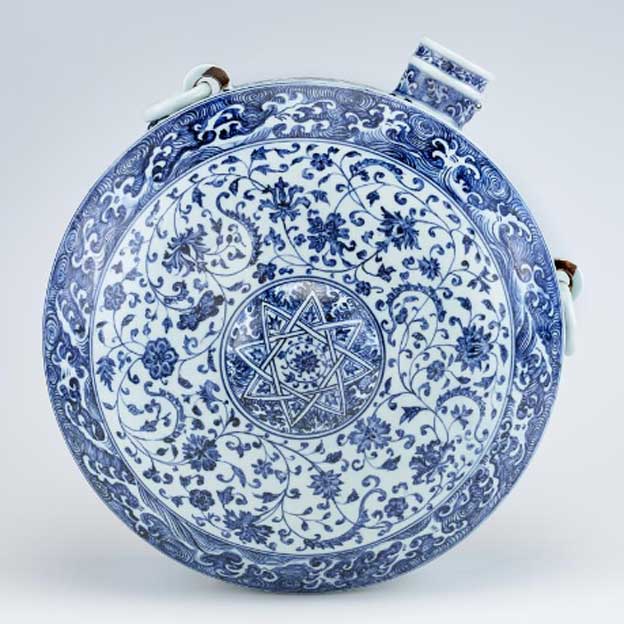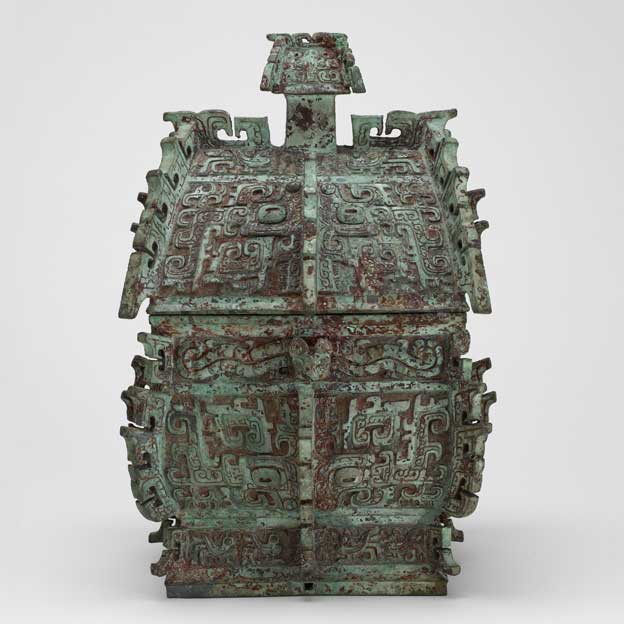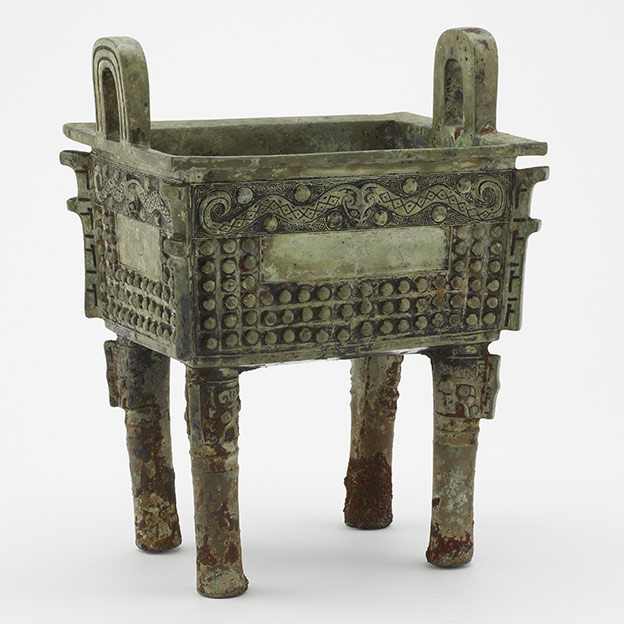Dr. Chase F. RobinsonDirector
Chase F. Robinson is the Dame Jillian Sackler Director of the Arthur M. Sackler Gallery and the Freer Gallery of Art, which together constitute the Smithsonian’s National Museum of Asian Art. He joined the museum in December 2018.
As director, Robinson leads the museum in a five-year strategy that will expand its renowned collections of the arts of East Asia, South Asia, and the Islamic world, celebrate its century-long association with American art,
introduce new audiences and technologies, and foster an understanding of the arts, cultures, and societies of Asia.
Robinson came to the Smithsonian from the Graduate Center, the research campus of the City University
of New York, where he had served as President (2013–18), and as Distinguished Professor of History. From 1993 to 2008, Robinson was a member of the Faculty of Oriental Studies at the University of Oxford and Fellow of Wolfson
College in England. As Professor of Islamic History, Robinson chaired the Faculty Board of the department. Robinson earned his BA degree at Brown University in Providence, Rhode Island, and his MA and PhD degrees in Near Eastern
Languages and Civilizations at Harvard University in Cambridge, Massachusetts. A scholar of Islamic history and culture, Robinson has been awarded fellowships by the British Academy and Institute for Advanced Study, among others.
He has authored or edited nine books and more than forty articles that span the geographical and chronological breadth of the pre- and early modern Middle East. His book Islamic Civilization in Thirty Lives (2016) has been
translated into several languages. The Works of al-Ya’qubi (2017) is a co edited, three-volume set of translations of some of the earliest surviving works of history and geography in Arabic. He has served on many boards and
editorial committees and is a member of the Council on Foreign Relations.



